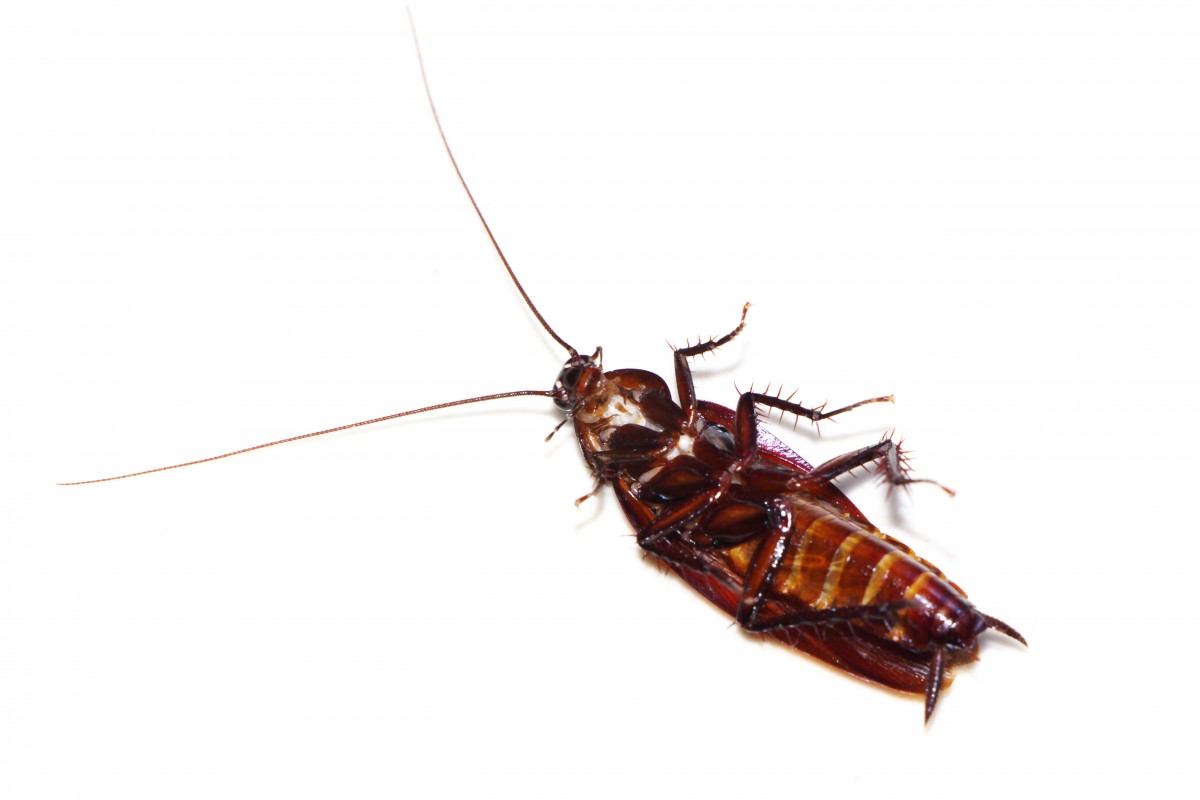Now, I like me a bit of Italian food, but what Australian startup Vow served up at a science museum in Amsterdam this week is a tall order! The company unveiled a mammoth meatball—in the sense that, yes, it was enormous, but it was also literally made out of mammoth. Vow is one of many companies that are throwing their weight behind cultivated meat: that is, meat that is vat-grown, from starter cells harvested from living animals. This means less cruelty and environmental impact end up on your plate.
from living animals. This means less cruelty and environmental impact end up on your plate.
The woolly mammoth is clearly extinct, but the cell harvesting and growing worked much the same way.
“Vow used publicly available genetic information from the mammoth, filled missing parts with genetic data from its closest living relative, the African elephant, and inserted it into a sheep cell, [Vow’s founder Tim] Noakesmith said. Given the right conditions in a lab, the cells multiplied until there were enough to roll up into the meatball. […]
The mammoth meatball is a one-off and has not been tasted, even by its creators, nor is it planned to be put into commercial production. Instead, it was presented as a source of protein that would get people talking about the future of meat. […]”
‘[The woolly mammoth has been traditionally a symbol of loss. We know now that it died from climate change. And so what we wanted to do was see if we could create something that was a symbol of a more exciting future that’s not only better for us, but also better for the planet,’ [Noakesmith] added.”
The huge sphere of meat was unfortunately not edible—a combination of being glazed before being shipped from Sydney to Amsterdam, and the fact only Singapore has okayed the human consumption of cultivated meat. But, the creators report that, while they were cooking the meatball, the aroma that filled the test kitchen was delicious, and similar to another unusual meat: crocodile. Hopefully, eaters will follow their taste buds to a new (old!) protein source, and the market for a more ethical meat will follow!

As anyone who’s lived in a terrible student apartment can attest, cockroaches are just as interested in your food as you are, if not more so. Turns out, Keith Richards’ post-apocalyptic army has a particularly strong sweet tooth—strong enough to defeat the brains and brawn of the human-run pest control industry!
This happened through a unique and circuitous route. Male German cockroaches secrete a sticky, maltose-filled residue on their abdomens to attract interested mates. When a female consumes the goo, it converts to delicious glucose in contact with her saliva, all while she gets in the perfect position for the male to mate with her—next generation achieved. The pest-control industry took advantage of this fact since the 1980s, creating a whole raft of glucose-based poison bait traps to lure hungry (and lustful) roaches to their doom. As a result, research later showed, a strain of cockroaches started tasting glucose as repellently bitter, turning them off the traps—and the males offering the standard mating goo. But all was not lost for all those cockroach babies yearning to be born. Enter evolution.
secrete a sticky, maltose-filled residue on their abdomens to attract interested mates. When a female consumes the goo, it converts to delicious glucose in contact with her saliva, all while she gets in the perfect position for the male to mate with her—next generation achieved. The pest-control industry took advantage of this fact since the 1980s, creating a whole raft of glucose-based poison bait traps to lure hungry (and lustful) roaches to their doom. As a result, research later showed, a strain of cockroaches started tasting glucose as repellently bitter, turning them off the traps—and the males offering the standard mating goo. But all was not lost for all those cockroach babies yearning to be born. Enter evolution.
“Males that also avoid glucose possess genetic mutations that allow them to make gooey gifts composed mostly of a more complex sugar called maltotriose, which the female’s saliva cannot as readily break down into glucose. With no glucose to turn them off, the females stick around for the males to do their thing. Moreover, these males get into a mating position much more quickly than those that offer typical glucose gifts, the researchers found. Together, these adaptations help glucose-averse cockroaches successfully mate, which should make roaches that avoid sugary bait more and more common.”
This turn of events is documented in the most recent Proceedings of the Royal Society B. And while it’s excellent news for Blatella germanica, it’s terrible for us: pest control needs to pivot from the sure bet of sugar traps soon, or our kitchens will be overrun by roaches not just immune to their charms, but outright disgusted by them. I do try to hold a healthy respect for those canny survivors. And I am in awe of the chutzpah it takes to evolve aversion to glucose—a nearly ubiquitous fuel for life forms on earth. But as someone who has a kitchen at home and at work, I hope any and all cockroaches enjoy their maltotriose-eating and baby-having as far away from me as possible!